8 Magical Towns in Central Istria that Are Absolutely Worth Visiting
May 30, 2022 - Istria is one of the most fascinating regions of Croatia, and while most are more familiar with its magical seaside towns like Pula, Rovinj, Umag, or Poreč, the many medieval towns in Central Istria are just as impressive and definitely worth being explored.
In recent years, Istria has shown its might as a tourist destination, defying the surreal circumstances caused by the coronavirus pandemic by being easily reached by land from other European countries. But Istria is not at all a consolation prize for its proximity, quite the opposite. The largest peninsula in the Adriatic is home to spectacular towns, world-renowned wines and olive oils, unique cuisine, numerous beaches, five-star hotels, and a wealth of culture and history.
But not everyone comes up with an idea of this region beyond the sea, the islands, and the beaches, something that happens similarly in Dalmatia. Some forget that much of Istria's magic lies (not so) far from the coast. With this in mind, here we show you some of the best destinations you can visit in Central Istria. Warning: Not to be confused with Central Istria as a public administration, since it only covers some districts. In this article, we will mention destinations on the Istrian peninsula that are not located by the sea.
Pazin
Located right in the heart of Istria, Pazin is known for medieval Pazin Castle, the former residence of the Istrian margraves. The intensity of life here is pretty much the same in winter and summer, with the monthly exception of every first Tuesday, when a flood of curious buyers from all over Istria runs into the town to visit the traditional Pazin Market. Pazin is very rich in culture and history due to the presence of different civilizations, empires, and governments throughout time. Be sure to visit the Pazin castle, the Pazin abyss, the Franciscan monastery, the Memorial Center of Union and Freedom, the state archives, and more. Learn more about Pazin here.
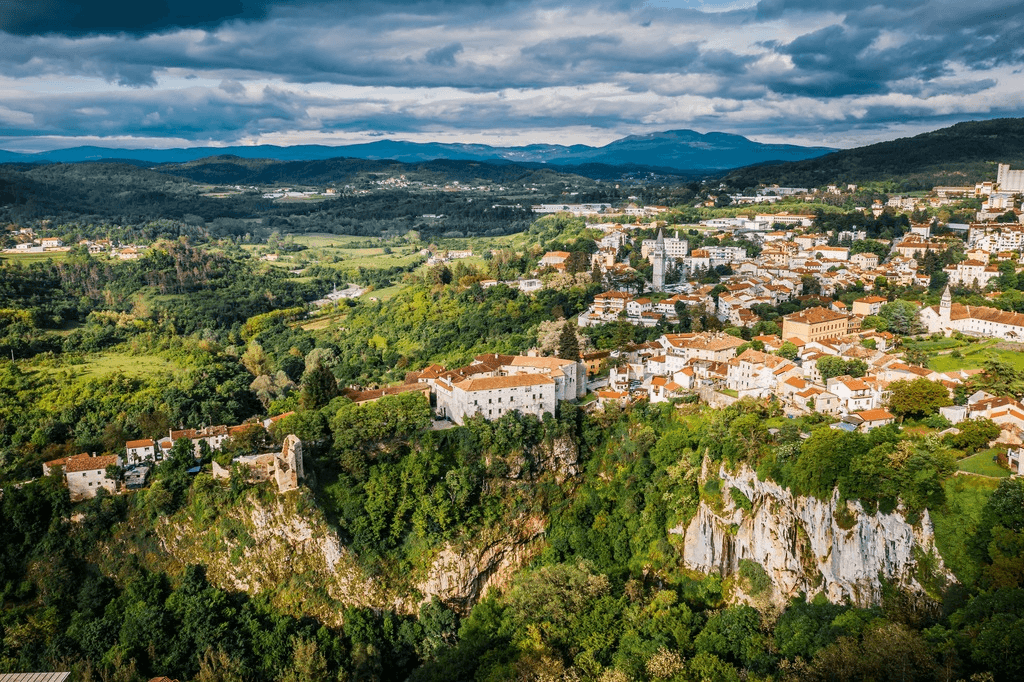
Image: Tourist Board of Central Istria/Official Website
Motovun
Motovun sits on top of a hill towering over the valley of Mirna, the biggest Istrian river. The location was settled since Celtic times, but the town we know today was mostly built under Venetian rule in the Middle Ages. Its centuries-old walls and buildings are the best preserved in Istria, giving the place a unique charm. Yet Motovun is more than its quaint architecture and breathtaking view. It is the Croatian capital of truffles and hosts a famous film festival, which will take place from July 26 to 30 this year. Learn more about Motovun here.
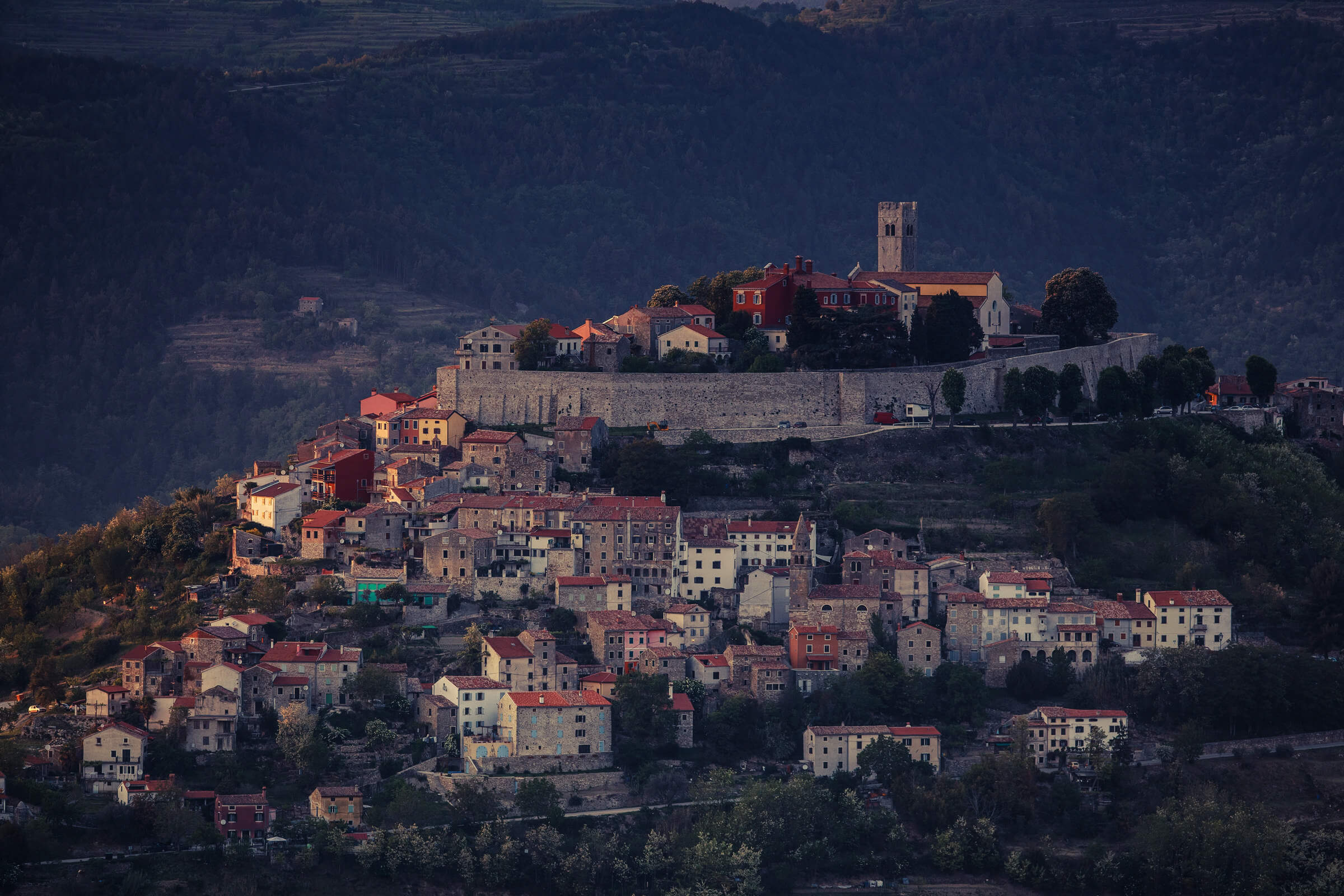
Photo: Mario Romulić
Hum
Often referred to as the smallest town in the world, Hum is a town situated on a hilltop above the source of the Mirna River. It is located in the vicinity of Buzet and Roč. The towns of Roč and Hum have been connected through a shared history and culture since ancient times, and are now also connected by the famous Glagolitic Alley. Hum has just 20 inhabitants, and therefore its well-known name as the smallest town in the world. Learn more from Hum here.
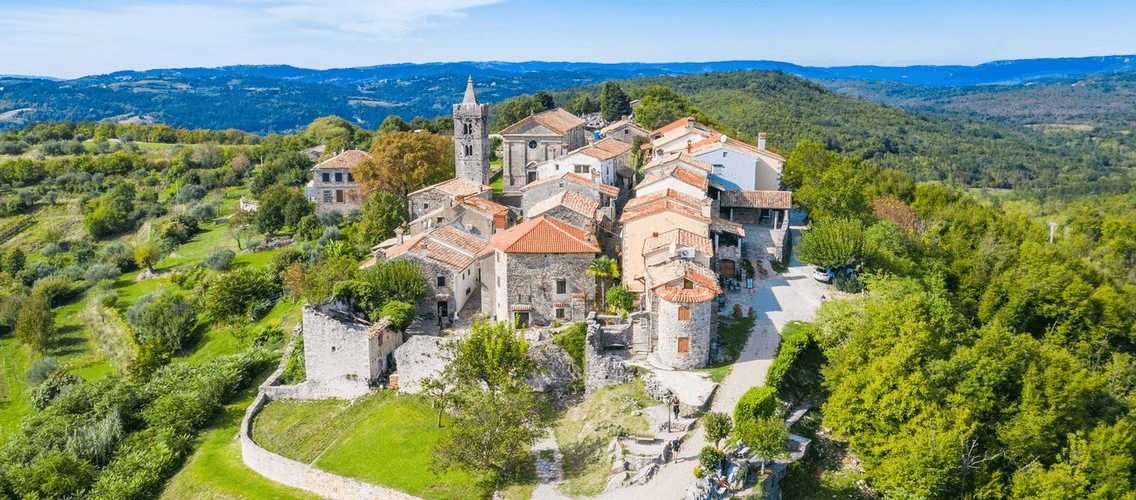
Image: www.valamar-experience.com
Labin
Labin is the biggest town in the otherwise not-so-populated and not-so-popular eastern Istria. In the past, the town was known for its coal mines. Nowadays, all the mines have been closed, and there are no more miners. The community is turning more and more towards tourism - but is far from being overwhelmed by it. Its old town, sitting on top of a hill, is among the most beautiful ones on the peninsula. Although it's not located by the sea, and exactly because of that, Labin has a stunning view of Kvarner bay. Learn more about Labin here.

Image: Labin-Rabac Tourist Board/Official website
Vodnjan
Vodnjan is situated near Pula, where excellent olive oil is produced, and its surroundings have the largest number of kažun houses, dry-stone houses in the Mediterranean. The largest church in Istria –Parish Church of St Blase was built at the end of the 18th century, with the 63-meter-high bell tower. The church holds a valuable collection of sacral art and preserved bodies of saints, the so-called Vodnjan mummies, due to which it is visited by around 16000 people a year. Learn more from Vodnjan here.

Image: www.visit-croatia.hr
Buje
The area of the town of Buje is located in the northwestern part of the Istrian peninsula. Approximately 5,300 inhabitants live in an area of 103.40 km2. The town of Buje is located between the rivers Mirna and Dragonja. In the north, there are the hills of the Upper Buje, and in the south the Adriatic Sea in Kanegra and the Piran Bay. It is a rolling and hilly area covered with vineyards, olive groves, and arable land dotted with oak, cherry, and pine forests, a karst belt full of interesting geological phenomena, and meadows of Mediterranean vegetation, among which thyme and spruce predominate. Learn more about Buje here.

Grožnjan
The nearby Motovun might be the quintessential Istrian hilltop town, but Grožnjan is also well worth visiting. As is the case with many Istrian towns, it was settled during the Roman times, built under Venetian rule in Middle Ages, and well preserved up to today. The place was almost deserted after World War II, but in 1965 a group of artists decided to turn the town into an art colony, which remains up to the present. It’s a great accommodation spot for those who don’t need the sea, and it makes for a good base for exploring the hilly part of Istria. Learn more about Grožnjan here.

Photo: Mario Romulić
Pićan
Sometimes it is not easy to follow the traces of Pićan in historical sources because it hides under various names. The origin of the name Petina is attributed by some to the assumption that the Diocese of Pićan was the fifth in the world, with the word five (pet, in Croatian) having Celtic roots. Pićan is certainly inhabited in distant prehistory. The oldest parts of the Istrian hillfort were located on the hill of Calvary, north of today's settlement, and then it is assumed that the Celtic tribe Secusa lived there. In Roman times, probably in the same strategically well-chosen place, there was a military stronghold and the settlement of Petina. Learn more about Pićan here.
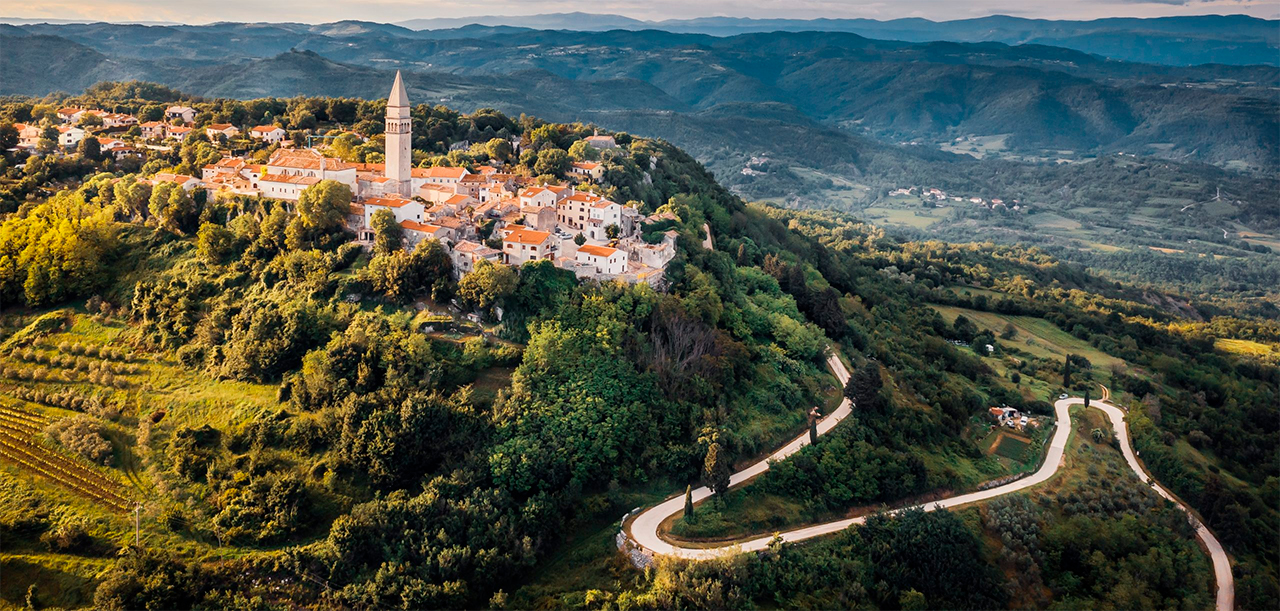
Image: Pićan municipality/Official website
For more on travel in Croatia, follow TCN's dedicated page.
Can You Name the World’s Smallest Town? (And a Few Other Superlatives in Croatia)
Can you name the smallest town in Croatia (and the world)? What about the biggest, oldest, or safest? Take a guess, and then check out our list of champion towns in six different categories
Did you know that the Croatian language doesn’t distinguish between the terms city and town? We call them both grad, which refers to an urbanized area with more than 10,000 inhabitants. Exceptions are made for less populated settlements if they have significant historical, economic or geographic features.
If there’s one thing we don’t lack around here, it’s places of historical significance, and thus our technical nomenclature goes down the drain. You’ll often see very sparsely populated places being referred to as towns - what’s basically a village in terms of population could have easily had a status of a city in medieval times.
When you think about Croatian cities and towns in terms of superlatives - largest, oldest, safest - none of the leading tourist destinations make the cut. The biggest Croatian cities sure have their appeal, but this time around, we’re looking at a few peculiar title holders among Croatian towns.
Smallest: Hum
This medieval hilltop settlement located in central Istria is not only the smallest town in Croatia, but also referred to as the smallest town in the world.
Its exact population is somewhat debatable: Hum had 30 residents at the time of the 2011 census, but more recent sources place the number closer to 20. We’re curious to see what the 2021 census data will show.
Entirely built in stone, Hum is also minuscule in size, but packs a handful of houses, one restaurant, two churches and a cemetery within its town walls. While it's not technically a town, its history, cultural significance and urban structure make it quite a distinctive settlement.
One of the many Istrian legends has it that the giants who built other central Istrian towns in the valley of the Mirna River used the leftover stone blocks to create Hum as one last masterpiece.
It’s a place worth visiting on a tour of Istria: it’s incredibly picturesque and well preserved, is the last stop of the scenic Glagolitic Alley route, and is also the home of biska, a popular Istrian brandy made of rakija, white mistletoe and several other herbs.
Largest: Gospić
Based on population alone, the winner in this category would definitely be Zagreb - expected and a bit too boring for a list of this kind, so we’ll go for different criteria instead. What’s the biggest town in Croatia based on surface area?
If you’d stick with Zagreb as the answer regardless, you’d be wrong. Surprisingly, the biggest town in Croatia only has a population of about 6,500, but is larger in size than Paris, Berlin or Barcelona.
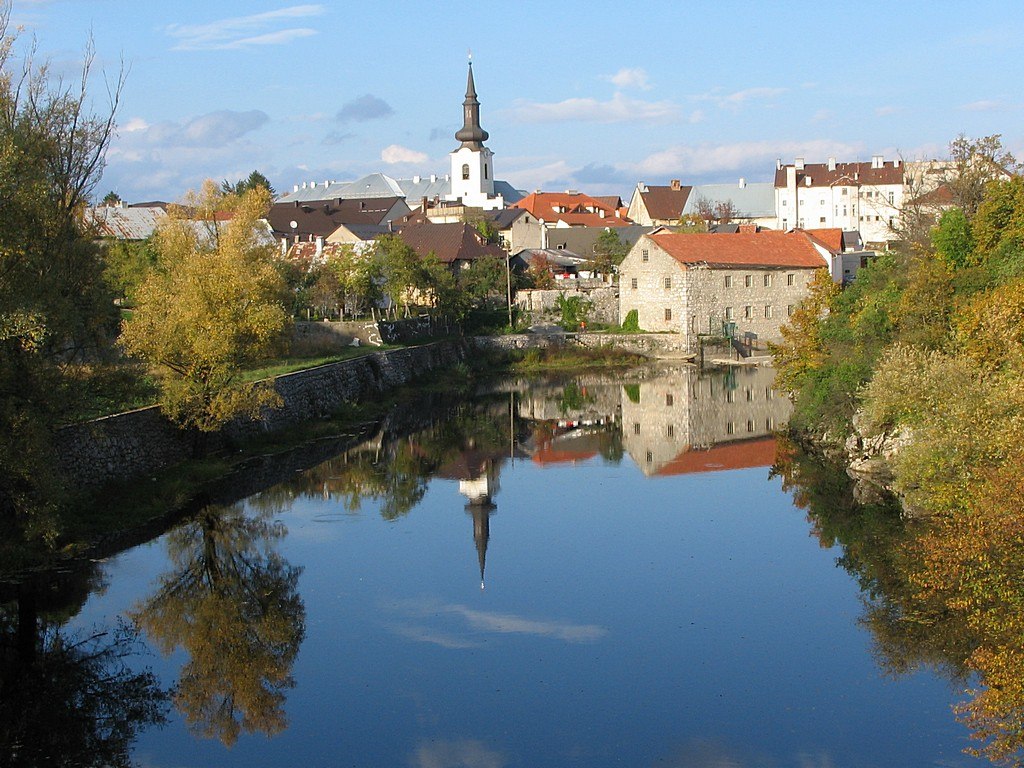
Gospić / iNekic Wikimedia Commons
The biggest town in Croatia is Gospić, with an impressive area of 967 square kilometres. The town itself definitely isn’t that big - it owes its staggering size to some 50 smaller settlements in its wider area that administratively belong to Gospić, as there are no other municipal units nearby to take them under their wing.
Fun fact: Nikola Tesla, the groundbreaking inventor, was born in the nearby village of Smiljan and grew up in Gospić.
Highest: Delnice
Unsurprisingly, we’re heading to a mountainous area to look for an elevation champion. Located in the Gorski kotar region, the town of Delnice sits at an altitude of approximately 700m above the sea level. Its lowest point is situated at an altitude of 210m, and the highest at 1528m!
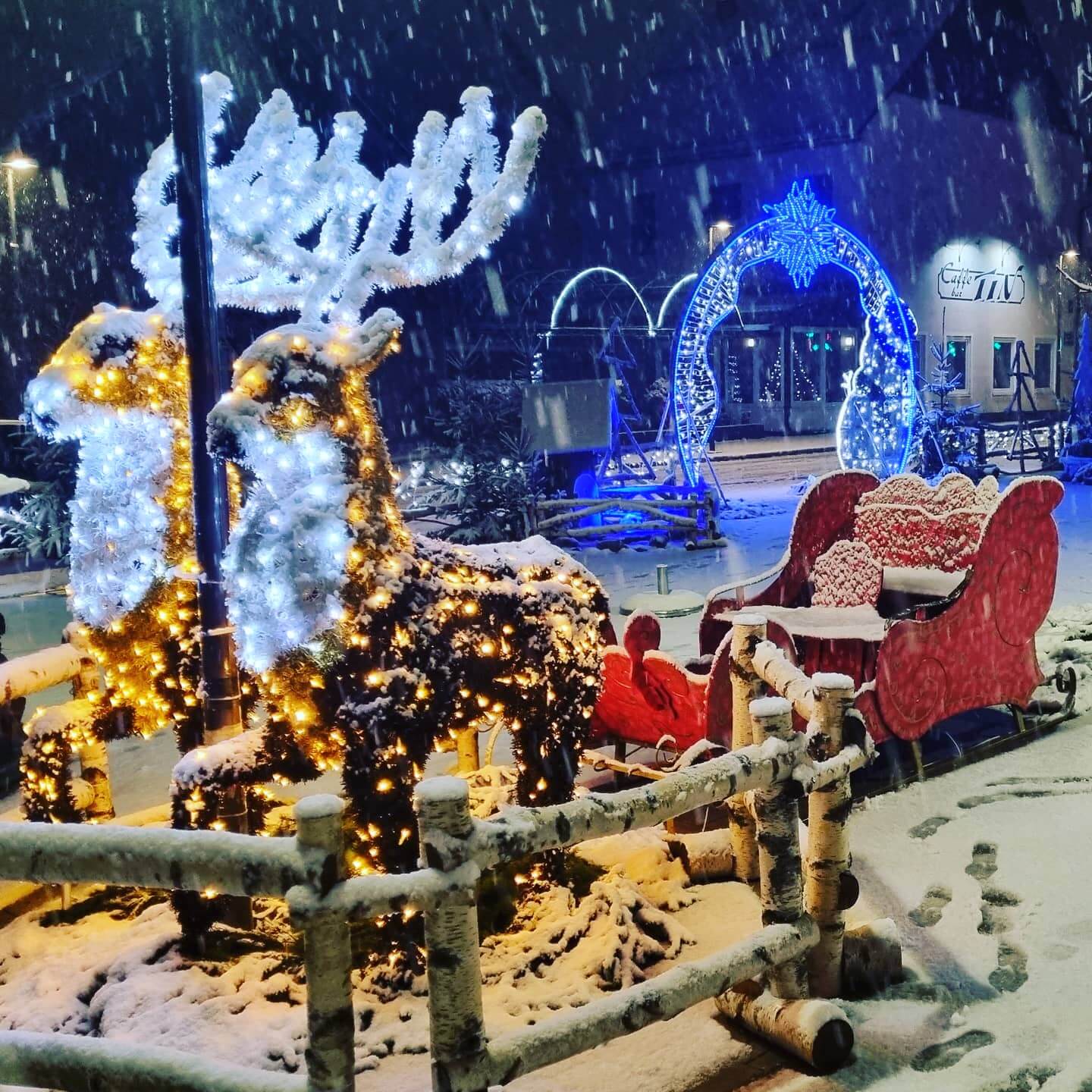
Delnice / Lan Vlad Wikimedia Commons
We’d be remiss not to mention Begovo Razdolje, officially the highest settlement in Croatia at an altitude of 1028m. It’s located in the same region, on the slopes of Bjelolasica mountain, and has a population of 40. While it’s not technically a town, it’s the only inhabited place in Croatia situated at an altitude over 1000m!
Oldest: Vinkovci
In a country that counts an amphitheatre and a Roman emperor’s palace among its cultural monuments, you’d probably look for the oldest settlement somewhere on the coast. And while it’s true that the Adriatic is lined with some of the oldest towns in Croatia, we have to look inland for the oldest of them all.
The town of Vinkovci in Slavonia has been continually inhabited for 8300 years, making it not only the oldest town in Croatia, but Europe as well!
Vinkovci has a lot to be proud of other than its age: it’s the birthplace of two Roman emperors, home to the oldest known calendar in Europe, and hosts the biggest Croatian folklore festival. Check out the 10 things to know about Vinkovci in this dedicated piece.
Youngest: it’s complicated
How to approach the concept of youth when it comes to a town? We can think of three main ways to look at it:
Among the 128 towns and cities in Croatia, Popovača is the one which gained the legal status of a town most recently. It used to be a municipality and was ‘upgraded’ to a town in 2013, effectively becoming the youngest town in Croatia in terms of administrative status.
If we ditch the legal criteria and focus on how long it’s been since the inception of a certain settlement, the youngest town in Croatia is Raša. It’s located in south-eastern Istria and was purposely designed and built as a mining town in the 1930s during Mussolini’s colonization of the region. Two pairs of streets lined with former miners’ houses meet at the central square, where you’ll find the church of St Barbara, uniquely built in the shape of an overturned mining cart.

Raša © Raša Tourist Board
And finally, what about the population? Well, this is a tough one to track down as the demographic situation varies from year to year, and data isn’t always readily available. With apologies to any other town that potentially took over the title at some point, we’ll declare Solin to be the youngest town in Croatia population-wise. Located near Split in Dalmatia, Solin has a population of some 30,000 inhabitants, 6,500 of which are under 18 years of age. The average age in Solin is 34,3 years - well below the Croatian average of 43,6 which ranks us among the oldest populations in all of Europe.
Safest: Sinj
Croatia is widely considered to be a safe country overall. Its population definitely seems to think so: a recent report published by Numbeo and represented on a map by Landgeist shows that Croatia is one of the countries in Europe where people feel safest walking alone at night. It ranks second, after Slovenia - read more here.
What’s the safest place in the second safest-feeling country in Europe, then? For this we turn to actual statistics in an annual report published by the magazine Zaštita and the Faculty of Economics in Zagreb. They rank the 29 biggest Croatian cities and towns according to four separate crime rates (assaults, traffic offences, property crimes and drug abuse).
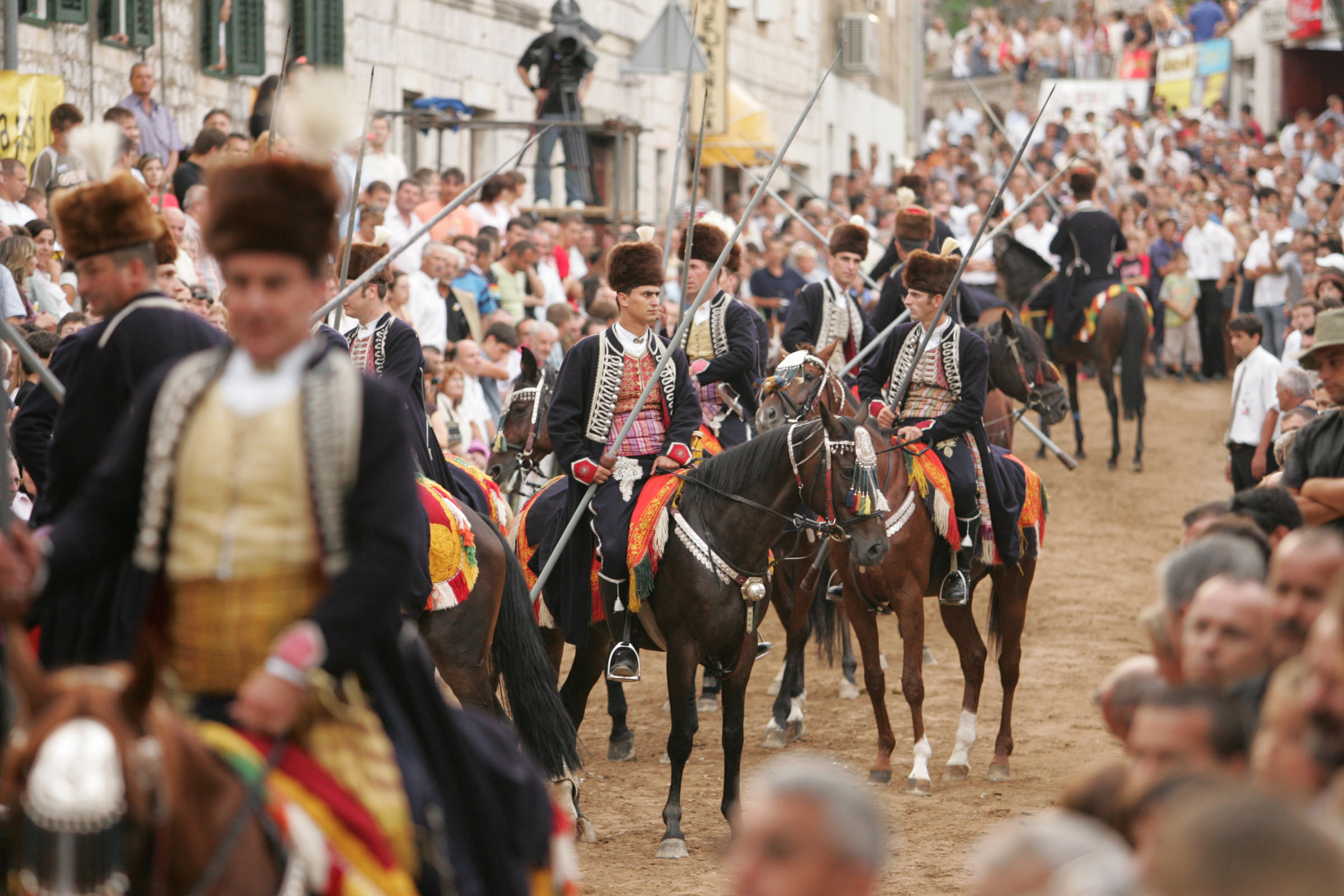
Sinjska Alka © Romulic and Stojcic
The town of Sinj, located in the Dalmatian hinterland, ranked safest in Croatia four times in a row in recent years. It’s a nice title for Sinj and just one of things it’s known for - the most famous certainly being Sinjska Alka.
Inscribed on the UNESCO list of intangible cultural heritage, Sinjska Alka is a traditional knight’s game held every year in August. It commemorates the victory of 700 Croatian soldiers over the army of 60,000 Turkish invaders in 1715 - a report from a reenactment of the battle is available here.
Best of Istria: Biska
January 1, 2019 — In today's Best of Istria article learn more about biska, the mistletoe brandy Istria is most famous for, and find out where to try the best one.
If you've ever been to Istria, chances are you've already tried biska, since this delicious Istrian brandy is traditionally offered as a welcome drink.
In local dialect, biska is a word for white mistletoe (lat. Viscum album; commonly known as European mistletoe). However, this pomace brandy is made with the addition of several other locally grown herbs. The original recipe is believed to be more than 2,000 years old while the tradition of making biska comes from the Celtic tribes who lived on the Istrian peninsula circa 400 BCE.
In the first century CE, Pliny the Elder described in his writings how, around the winter solstice, the Druid priests would forage oak forests for white mistletoe as the medicinal powers of this evergreen, semi-parasitic plant are known to be at their peak during wintertime.

Photo: Pixabay.com
The Celts considered mistletoe to be sacred and believed the plant had not only medicinal but also miraculous properties. They used it for making an elixir which was then used to cure infertility and a number of other medical conditions. And while Istrian biska might not be this miraculous, all-healing elixir, it is proven to help with circulation, blood pressure regulation, arteriosclerosis, etc.
Istrian mistletoe brandy can be found throughout the peninsula but you will find the best ones around Hum, which is known as "the City of Biska." The people of Hum take pride in the biska making tradition, as well as in the secret recipe which was handed to them by the late Hum parish priest Josip Vidal, who was also a renowned herbalist.
Hum also hosts the annual festival of homemade brandy which is held every last Sunday in October so if you happen to be in the area, stop by to get your medicine.
For more related content, make sure you follow TCN's gourmet page.
Get Him, Mike! Medieval Graffiti in Istria
Whatever you might think, graffiti are not a medium exclusive to the modern age


